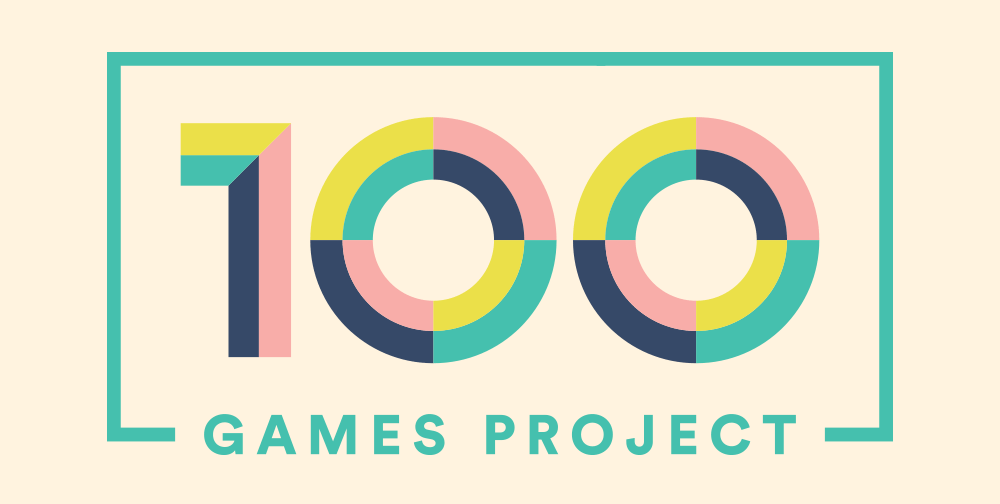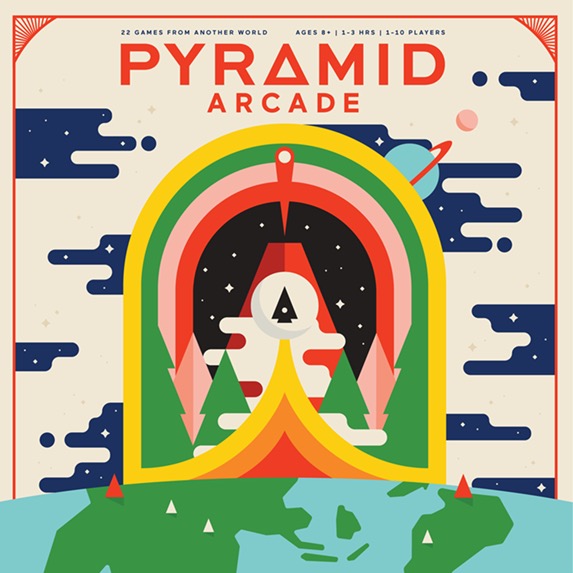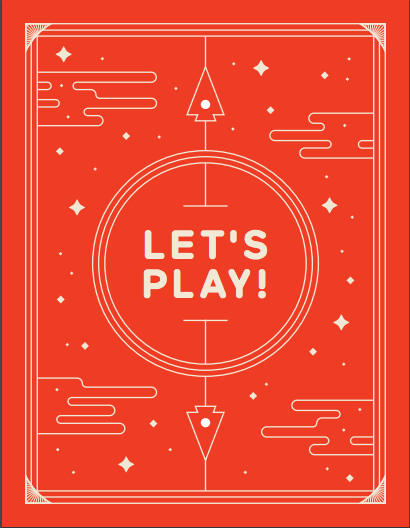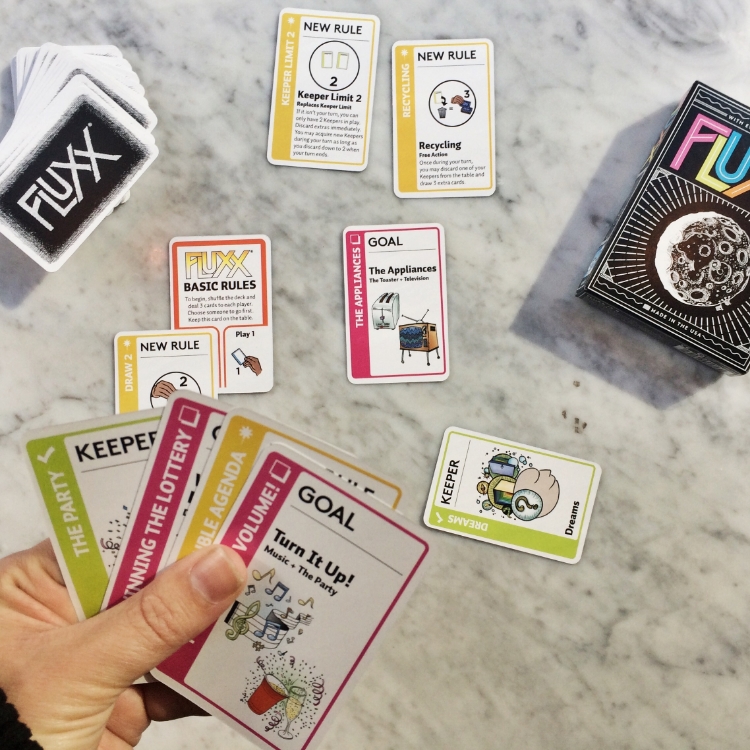Pyramid Arcade
The Looney Labs’ Kickstarter campaign for Pyramid Arcade is wrapping up today and I wanted to get a little post up to explain why I’m so excited to see this project succeed in such a big way.
The pyramids were originally conceived in Andy’s novel, The Empty City, but the concept wasn’t fully fleshed out until readers expressed interest in the game that was described in the story. Andy spent much of last couple of decades creating games with the components described in his novel. Over the years, they have taken on many iterations: solid and hand-poured, folded cardboard, wooden, gigantic versions for convention play, and the stackable versions that most people are used to playing. They were sold in a standard boxed single game format (Zendo & IceTowers), as separate components with free online access to the rules (like Andy’s favorite pyramid game, Homeworlds), and as portable independent games (Pink Hijinks, IceDice, and Treehouse). The pyramids even appeared in a video game developed by Andy called IceBreaker. Pyramid Arcade takes many of these games and bundles them into one box! There are hundreds of games you could play with this set and rules for 22 from Andy, plus another ten from fans.
I worked with the Looneys for several years, and when I first started out with them I knew very little about the pyramid games. When I went to Toy Fair for the first time as a Looney Labs employee, I met Lincoln Damerst & Nikki Pontius (you can see both of them on BoardGameGeek’s GameNight series) and they told me about the popularity of Zendo, a game designed by Kory Heath and a pyramid fan favorite - it's also on the 100 games list and I'm hoping to get to play with Kory one day :). Lincoln & Nikki also taught me how to play IceDice, a light press your luck game designed by Andy. I spent all of my down time at Toy Fair 2012 playing IceDice and I highly recommend you play this game. It’s portable, quick, and lots of fun.
While these games were some of the early products sold by Looney Labs, they were eventually overshadowed by the success of Fluxx. Fans never stopped playing with the pyramids and the Looneys and I often talked about the need for one big deluxe bundle but we all knew how much work it would be (22 games at once instead of one is a tall order!) and there were so many other projects the team was busy with that hadn’t been tried before, like Loonacy and Just Desserts. There were also really exciting licensing projects - Batman, Adventure Time, Firefly, Ugly Doll, Mad Libs, oh my! Meanwhile we were also working on the new logo and visual update of the company brand, which meant touching every single game box, display, web page, sell sheet, business card, etc. UGH! Priorities!
When the Looneys were ready to begin the project, I was wrapping up my time with them. They reached out to Eileen Tjan for the illustration, graphic design and some of the video work for Pyramid Arcade. I found Eileen through some mutual friends a few years ago and highly recommend you check out her work. She designed the logo for this blog for me and she is also responsible for the update of the Looney Labs logo and packaging for the core edition of Fluxx. She was based in DC when we first started working together and now works from Chicago, having recently established Other Studio there. She did such a great job understanding the richness and depth of the history of Looney Labs and representing it visually, and I am really happy to see how well she captured the history of the pyramids and Looney Labs in this project.
Decades of effort from Looney Labs and its friends went into the Pyramid Arcade, so I hope you join me in backing the project! It’s an amazing game bundle unlike anything else I’ve ever seen and I’m so excited to get my copy - it includes some never-seen-before favorites of mine like Color Wheel, Fiesta Caldera, and Petri Dish. Andy calls it his magnum opus and I think he's right. And if you ever get the chance, play Launchpad 23 with Kristin (it is worth it just to hear her rocket launch sound effects).












